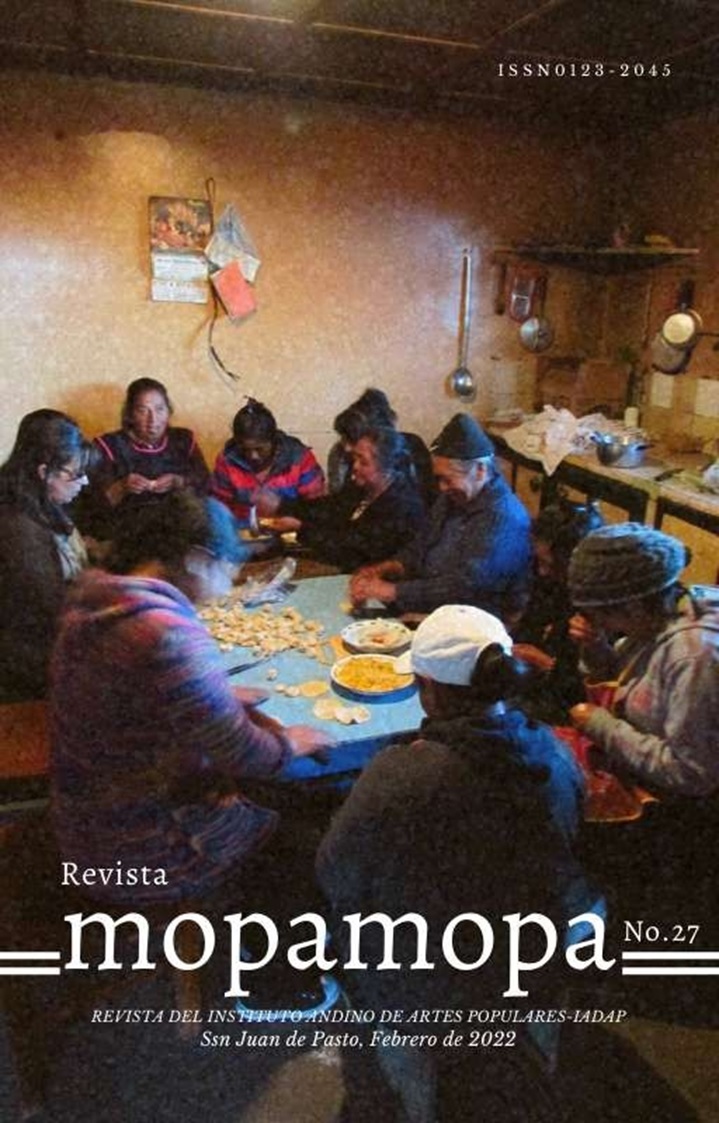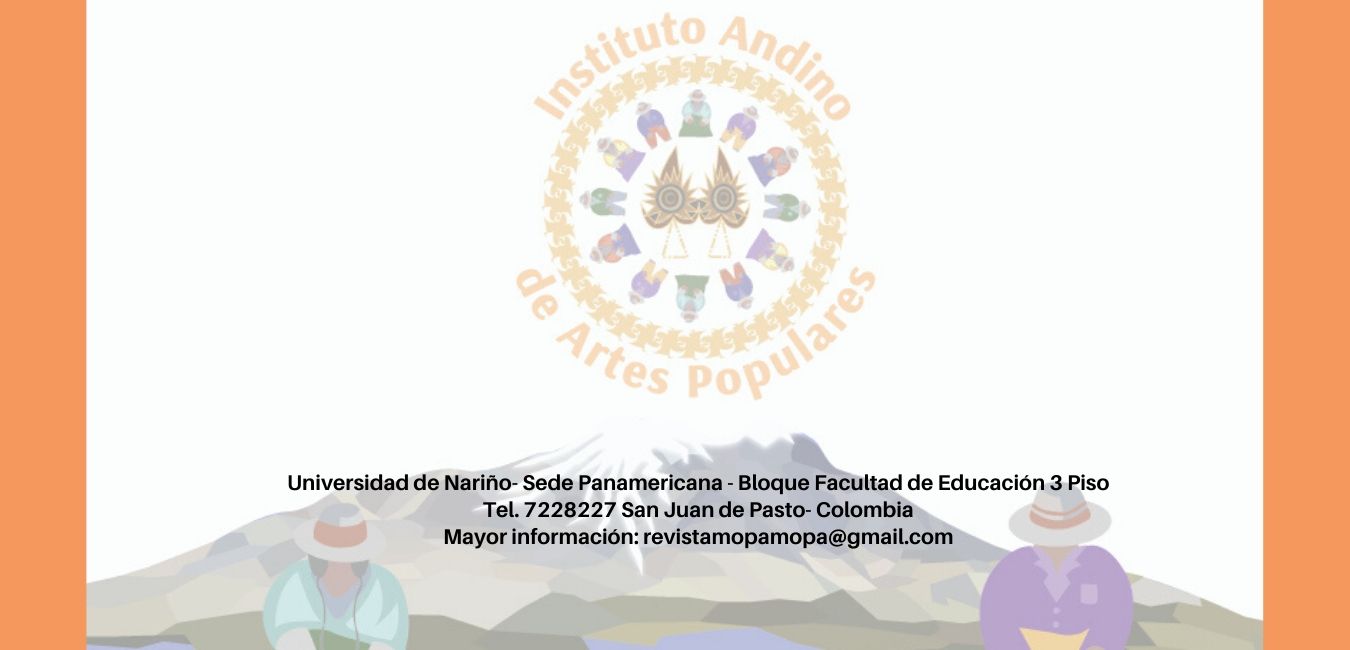ANALOGIES BETWEEN SHAMANISM AND ALCHEMY: AN EXPERIENCE SINCE THE TAKING OF YAGÉ
Keywords:
God, healing, master plants, mysticism, song, spirit, taita, visionAbstract
This article presents an interpretive work, to address analogies referring to the shamanic environment and its deep connections with hermeticism and alchemy. These three occult
sciences keep symbolisms and mysterious secrets, referring to a part of the path of the initiate. I managed to capture these mysterious symbolisms and secrets in my visions with the sacred plant ayahuasca. It is necessary to highlight the attraction towards these topics for their important contribution towards the transmutation of my spirit.
It was necessary to compile some songs of medicine music, which I recorded in sacred ceremonies of Taita Hipólito Muchavisoy, an elder who belongs to the Inga de Yunguillo reservation, Putumayo, to establish these similarities. In this way, and starting from the comparison and reflection with references of texts and documentaries that deal with hermeticism and alchemy, it was possible to create links and bridges to cement some ideas and musings that swarmed in my worldview after ingesting the shamanic potion.
It is necessary to mention that the songs chosen were due to their strong impact on visions, since they changed the way I see my inner and outer world. Besides being helpful and appropriate to imagine the visible and invisible relationships between the different manifestations of esoteric art.
Beliefs and the worldview of the world in all the breadth, dissolves and dilutes in the altered planes of consciousness, where metaphysics and the foray into unknown spiritual dimensions seem to have a healing effect on people. The taitas comment that these visions provide us with the ability to be prophets and to predict our destiny.
Downloads
References
Campbell, J. (1988). El poder del mito. Barcelona: Emecé Editores.
Castaneda, C. (1968). Las enseñanzas de Don Juan: una forma Yaqui de conocimiento. México: Fondo de Cultura Económica. https://www.wanamey.org/wp-content/uploads/2011/05/LAS-ENSE%C3%91ANZAS-DE-DON-JUAN.pdf
Eliade, M. (1976) El chamanismo y las técnicas arcaicas del éxtasis. México: Fondo de Cultura Económica.
García Bazán, F. (2002). René Guénon y el hermetismo. Revista de ciencias de las religiones. No. 7: 7-47. https://dialnet.unirioja.es/servlet/articulo?codigo=305913
Hermes Trismegisto. (2020, ab. 6). La Tabla Esmeralda. “Voz real humana”. (AMA Audiolibros. Audiolibro completo en español). [Video]. YouTube. https://www.youtube.com/watch?v=gTeJujh3tSo
Herrero de Jáuregui, M. (2018, jul. 26). La tradición hermética: revelación antigua y recepciones de Hermes Trismegistos. https://www.youtube.com/watch?v=Du9rp--Lk1Y
Kerényi, K. (2006). En el laberinto. Trad. Brigitte Kiemann y María Condor. Madrid: Siruela.
La alquimia, ¿ciencia o brujería? (2001, jun. 18). La Prensa. Buenos Aires, Argentina. http://www.laprensa. com.ar/257471-La-alquimia-ciencia-o-brujeria.note.aspx
Oré, H. (2014). Las iniciaciones a través de la historia. Lima: Tres Puntos Editores.
Palacio, L. B. (2014). El arte de la alquimia. http://www.testimonios-de-un-discipulo.com/El-Arte-de-la-Alquimia.pdf
Pérez Pariente, J. (2018, jul. 24). Alquimia: una búsqueda milenaria de la perfección material y humana. Fundación Juan March [Video]. YouTube. https://www.youtube.com/watch?v=3O6EcWnFV6o&feature= youtu.be
Perkins de Piacentino, A. M. (2001). Las plantas psicoactivas plasmadas en el arte de las antiguas civilizaciones americanas. Acta - Congressus Historiae Pharmaciae 2001.
Pinzón Castaño, C. E., et al. (2004). Mundos en red. La cultura popular frente a los retos del siglo XXI. Bogotá: Universidad Nacional de Colombia.
Downloads
Published
How to Cite
Issue
Section
License
Al presentar un artículo a la revista Mopa Mopa, el autor declara que es titular de su autoría y derecho de publicación; derecho que lo comparte con el Instituto Andino de Artes Populares de la Universidad de Nariño, manteniendo, desde luego, su derecho de autoría. Si el autor ha presentado el mismo artículo a otra publicación, debe notificarlo al editor de la revista.



